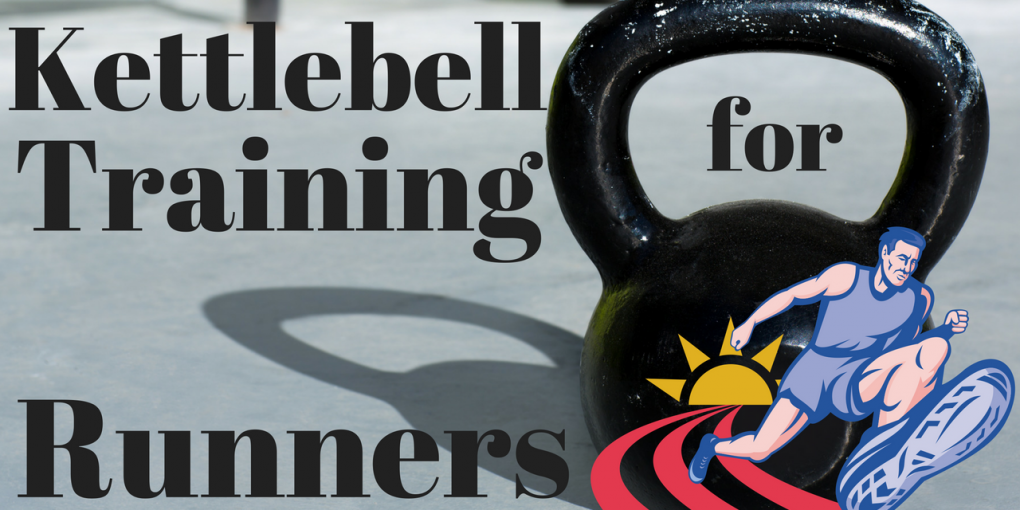Kettlebell Training for Runners: The Ultimate Guide
In this article on kettlebell training for runners:
- which kettlebell exercises are the best training tools for runners.
- descriptions and videos of proper form for kettlebell exercises to improve running.
Why Use Kettlebell Training for Runners
The kettlebell is one of the best tools to increase your endurance, strength and flexibility.
What makes a kettlebell different than a regular dumbbell?
The unique shape places the center of gravity outside of your grip. This change makes it highly suited for ballistic swinging exercises.
It allows you to swing the weight back between your legs, requiring your body to activate the glutes and hamstrings more than typical weightlifting movements.
Using a dumbbell for the same movement just doesn’t give you the same results.
The kettlebell swing is unsurpassed it activating the glutes and hamstrings.
For a more in-depth look at the kettlebell swing, click here.
Swinging for Power
The hard style swing popularized by Pavel Tsatsouline in his book Enter the Kettlebell is designed to help you increase strength and power. The breathing is similar to conventional weight training.
With a solid base of support, hinge at the hips and pick up the weight with one or both hands. Sniff in hard through your nose as you swing the weight back between your legs.
Exhale sharply through your mouth while explosively snapping the hips to swing the weight up to shoulder height.
Click here if embedded video is not working.
Swinging for Endurance
Competitors in Kettlebell Sport use the fluid style swing. This sport requires athletes to lift the kettlebell for 5 or 10 minutes non-stop.
This style is perfectly suited for the endurance demands of Kettlebell Sport. You can breath once or twice during each repetition.
With a solid base of support, hinge at the hips and pick up the weight with one or both hands. Take a big inhale and then exhale as you swing the kettlebell back between your legs.
Rather than driving the kettlebell back up with an aggressive hip extension, just absorb the back swing motion. Allow the weight to start to swing back up like a pendulum.
One Leg Deadlift
Pistol Squat
Hip Flexor Stretch
How to Implement Kettlebell Training for Runners
There are infinite ways to incorporate these exercises into your routine. But if you are a typical runner, you have a combination of tight hip flexors and underactive or weak glutes. If this describes you, then my suggested program is below.
Warm up: 5 minutes of walking or a slow jog.
Kettlebell Hip Flexor Stretch: 3 sets of 5 breathes on each side.
Hard Style Swing: 3 sets of 10, focus on emphasizing the aggressive hip extension with a glute squeeze at the top.
Kettlebell One Leg Deadlift: 3 sets of 10 each side. Start without weights and once you can touch the floor while maintaining a neutral spine, then add weight.
Kettlebell One Leg Pistol Squat: Learn this one without weight first. Once you can do 3 sets of 10 on each leg without weight, you are officially a badass, qualified to design your own program!
For endurance, as a way to cross train for running, I recommend the fluid style. Start with the lightest available weight. That’s usually 8kg, or 18 lbs.
Learn to swing properly and start with a 3 sets of 1 minute. When you are able to go 5 minutes non-stop in good form, then go up in weight.
Nick Ortego is a health coach specializing in biohacking and kettlebell training for runners. He integrates modern methods with the ancient wisdom of yoga to help runners get the most out of every aspect of life. He is the owner of N 2 Action, a wellness studio in Baton Rouge, Louisiana, offering personal training, health coaching, yoga, and fascial stretch therapy.
Also find more on the Nick Ortego Fitness YouTube Channel

